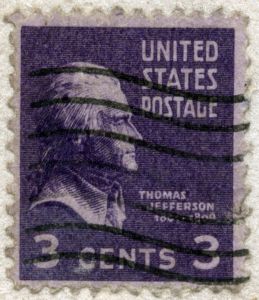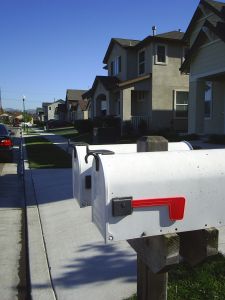
When you’re participating in an art swap through an online group or community, the numbers may confuse you. Here are some tips to help you understand them.
There are three kinds of art swaps:
- Equal-for-equal,
- Number-for-number-minus-one, and
- Number-for-number-minus-X.
Here’s how they work…
EQUAL-FOR-EQUAL Art Swap
When a swap is 3-for-3 or 10-for-10 or anything like that, it means you’ll receive the same number of pieces of art that you sent.
For example, if – in an art doll swap – you send four art dolls you’ve created, you’ll receive four unique art dolls (created by others in the group) in return.
It does not mean that you’ll receive one doll from each player. When hosts organize swaps, they have no idea how many people will actually play.
So, a 5-for-5 swap means you’ll send five dolls and receive five in return, even if 150 people are in the doll swap.
NUMBER-FOR-NUMBER-MINUS-ONE Art Swap
Many swap hosts figure that organizing the swap is enough work.
They don’t necessarily want to make something for the swap, too.
The swap will be announced as 5-for-4 or 10-for-9, or something like that. The first number is how many individual art pieces you’re sending. The second number is how many unique pieces you’ll receive in return.
The number of items you’ll receive is always one less than you sent to the swap’s host.
For example, you’ll send the requested number of art shrines (usually similar or identical… but not always), and the swap host will keep one of them (as a thank-you gift) before sorting the art shrines they’ll send out to participants.
At the present time, most swaps seem to be organized that way. So, if you sent 10 art shrines but received 9 in return… that’s exactly what you were supposed to receive.
NUMBER-FOR-NUMBER-MINUS-X Art Swap
Some art swaps are organized for fun, but also to benefit a specific group, usually some kind of charity, a shelter, a children’s hospital, or something like that.
The charity is always specified in the swap announcement, and a link usually helps you understand why this is an important charity or organization to help.
However, we’re careful not to sound like we’re trying to recruit people to join or support the charity. It’s a fine line, but an important one when the charity is related to a particular religion or political group.
Generally, if you don’t want to contribute an item (or items) to that charity, you should not participate in the swap. Note: It’s considered rude to say, “I’d like to swap with members, but that’s all.” It’s even ruder to leap in with criticism of the charity, or its perceived motives or political affiliations.
Those swaps may be something like 5-for-4 or 10-for-9, but they may be 7-for-5 or 10-for-8, or something different. Ask the host of the swap if you’re not sure what you’ll get in return.
For example, you might send 6 art cards and receive 4 in return. One of your art cards might be kept by the swap host as the usual thank-you gift, and one of your art cards will be donated to the charity.
The remaining four will be shared with other participants, and you’ll receive four different art cards in return.
EVERY SWAP IS DIFFERENT
Though I can post tips like this, every art swap is different. Always read the rules carefully, and follow them to the letter. That will make the swap more fun for everyone, including the swap host and you.
If you have a question, comment, or a suggestion about art swaps, post it as a comment, below.
 Some swaps say, “Documentation will be provided,” or something like that.
Some swaps say, “Documentation will be provided,” or something like that.
 When organizing an art swap of any kind, postage can be a Very Big Headache. Here are some tips to keep the postage problems to a minimum.
When organizing an art swap of any kind, postage can be a Very Big Headache. Here are some tips to keep the postage problems to a minimum. DELIVERY CONFIRMATION
DELIVERY CONFIRMATION
